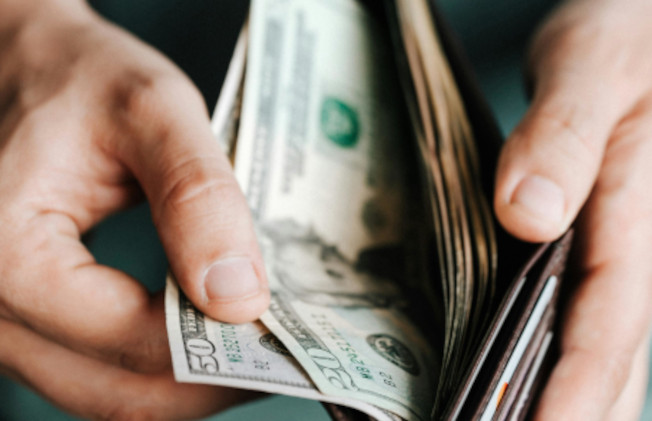Saving and Earning Money While Building Up Your Flight Hours
January 05, 2024 by Eric Bradley

Flying can be an expensive hobby, but there are ways to reduce costs and
even get back some money to help fund your commercial certificate before
pursuing it.
Sharing Costs as a Private Pilot
As a private pilot, you are not allowed to profit from your flying time.
Doing so would classify you as a "pilot for hire," which is not permitted
under FAA regulations. However, if you're flying with a group of people, you
can share certain costs on a pro-rata basis to help offset the expenses.
The expenses that can be shared include:
- Aircraft rental fees
- Fuel
- Oil
- Airport charges (e.g. landing fees)
While this list is short, the FAA limits cost-sharing to prevent pilots from
abusing the system for profit. Additionally, receiving non-cash compensation
(such as free items) in place of money is also prohibited.
Key Rules for Sharing Expenses
-
Equal Contributions:
Everyone in the group, including you, must contribute equally to the
allowed expenses.
-
Common Purpose:
All participants must be traveling for a shared purpose—not just as
random passengers.
-
Group Composition:
Passengers must be people you know, not members of the general public.
-
Flight Segments:
You can only share expenses for the portions of the flight where all
group members are present. If some people return early or late, you can
only split costs for the relevant parts of the journey. Keep in mind
that when fewer people are aboard, each person’s share may increase.
-
Group Size Impact:
Larger groups may reduce each individual’s share of expenses, but keep
in mind that you may need a larger, more expensive aircraft with higher
fuel costs.
Building Hours and Minimizing Costs
These cost-sharing opportunities can make a significant difference as you
build flight hours toward your commercial pilot certificate. Your goal
should be to log as many hours as possible, as quickly as possible. You'll
need at least 235 flight hours before starting your
commercial pilot training, with your training hours pushing you past the
250-hour minimum required for the commercial checkride.
That quota might seem daunting, but don’t worry. You can accumulate many of
these hours by training for additional ratings as part of your private pilot
certificate. For example:
- Complex aircraft rating
- Instrument rating
- Multi-engine rating
These endorsements can add around 75 hours (or more) to your logbook. If
you're an average student, you might already have around 150 hours by this
point. This means you'll need only another 80 hours to
start your commercial training.
Maximizing Opportunities
Remember that the commercial pilot certificate has separate qualifications for
single-engine and multi-engine aircraft. If
you want to maximize your job opportunities as a commercial pilot, you will need
to qualify for both ratings.